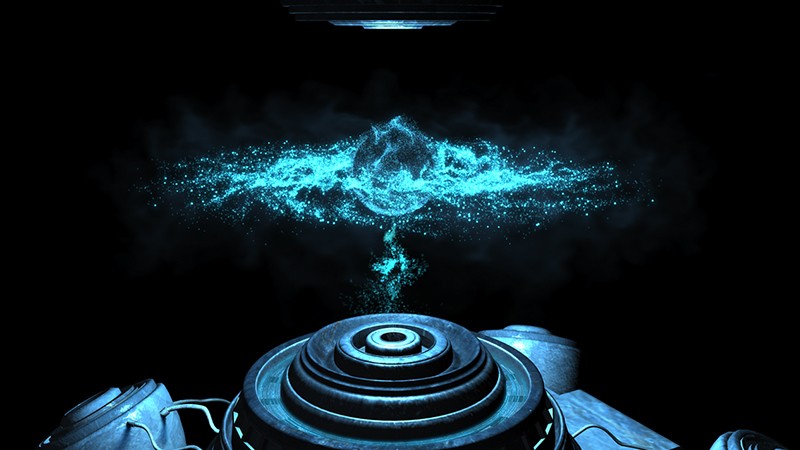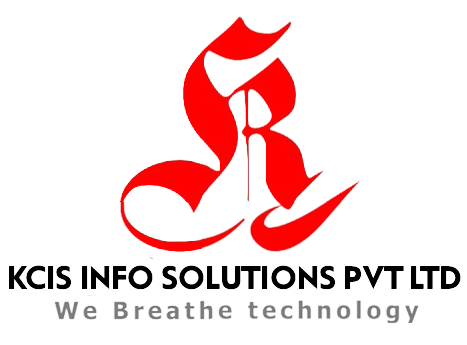Dynamic

"Dynamic" is a term used to describe something that is characterized by constant change, activity, or progress. It is often used in various contexts to refer to systems, processes, or situations that are not static or stagnant but instead exhibit motion, development, or flexibility. Here are a few common contexts in which the term "dynamic" is used
Dynamic Systems: In physics and engineering, a dynamic system is one where the state or behavior of the system changes over time due to various inputs or factors. These systems are often described using differential equations, and their behavior can be highly complex.
Dynamic Personality: When describing an individual's personality as dynamic, it means that their traits and behaviors are not fixed but can adapt and change based on circumstances or personal growth.

Dynamic Business Environment: In the business world, a dynamic environment refers to an ever-changing and competitive marketplace. Companies operating in dynamic environments must adapt quickly to shifts in consumer preferences, technological advancements, and market trends.
Dynamic Web Content: On websites, dynamic content refers to elements that change in real-time or in response to user interactions. For example, a news website might have dynamic content that updates with the latest headlines as they happen.
Dynamic Programming: In computer science, dynamic programming is a method for solving complex problems by breaking them down into simpler overlapping subproblems. It is often used in algorithms for optimization.
Dynamic Leadership: Dynamic leadership involves leaders who are adaptable, responsive, and capable of navigating change effectively. They can adjust their leadership style based on the needs of their team and organization.
Dynamic Equilibrium: In chemistry and physics, dynamic equilibrium refers to a situation where two opposing processes occur at the same rate, resulting in a stable overall state. For example, in a chemical reaction, the rate of the forward reaction equals the rate of the reverse reaction.
Dynamic Range: In photography and audio, dynamic range refers to the difference between the darkest and lightest parts of an image or sound. A high dynamic range means there is a significant contrast between these elements.

